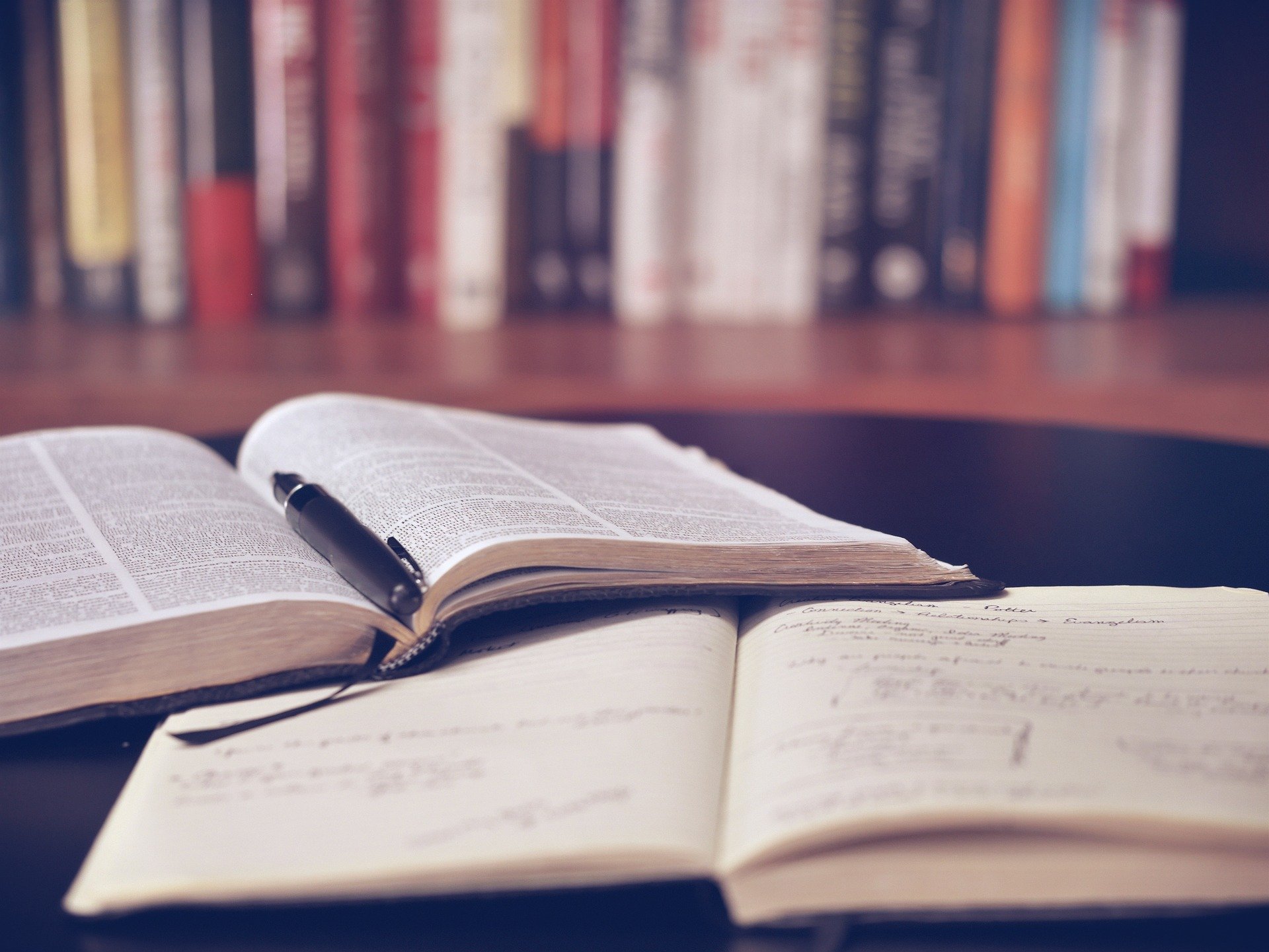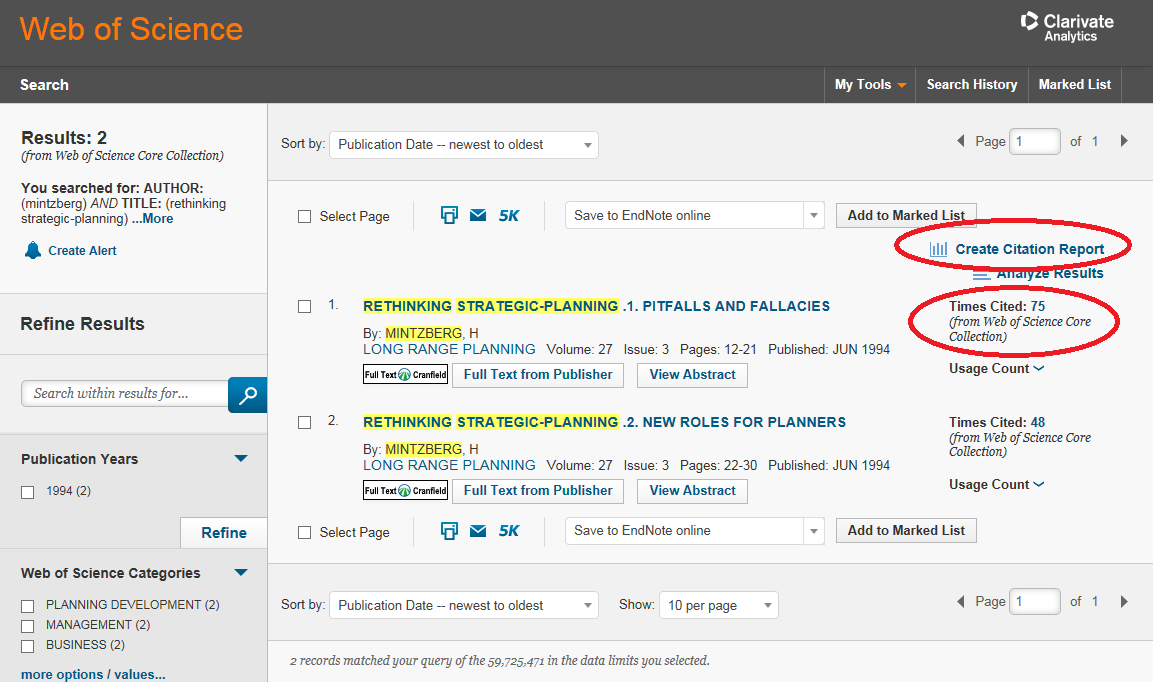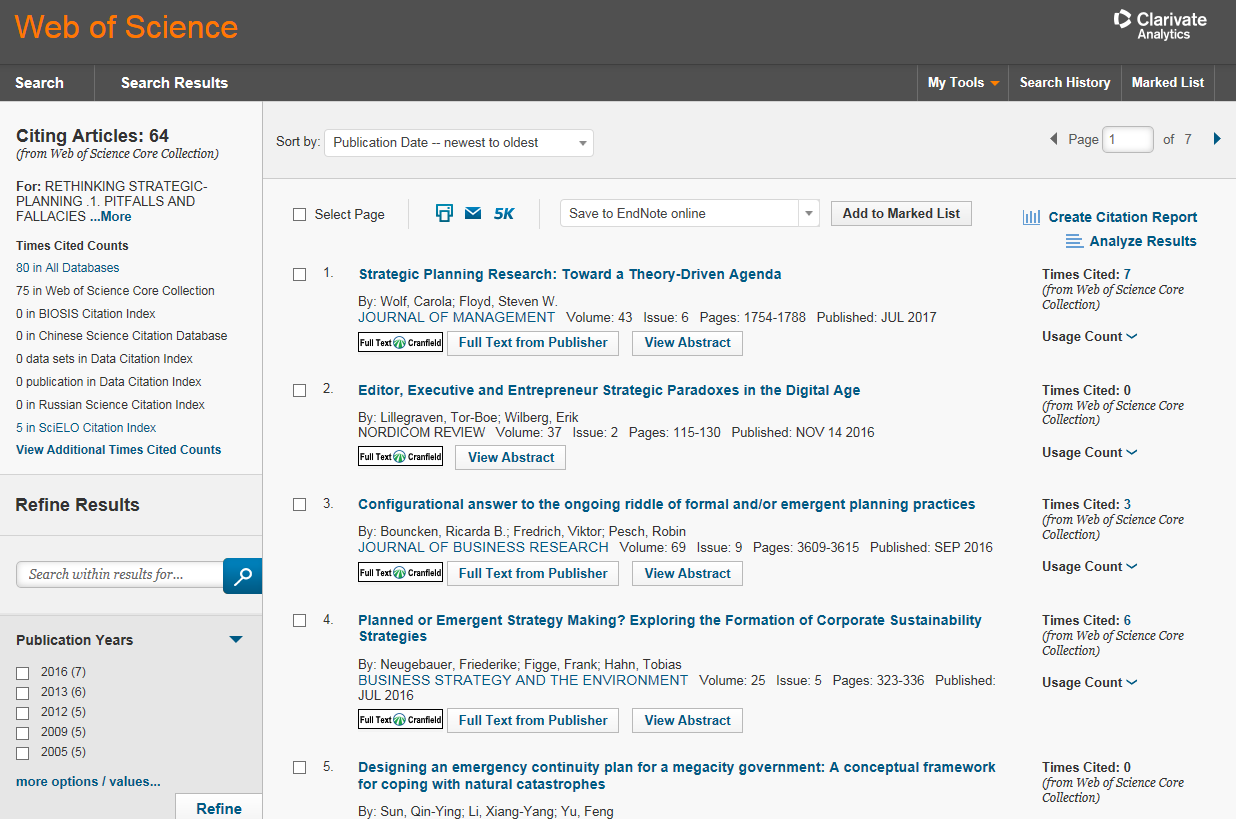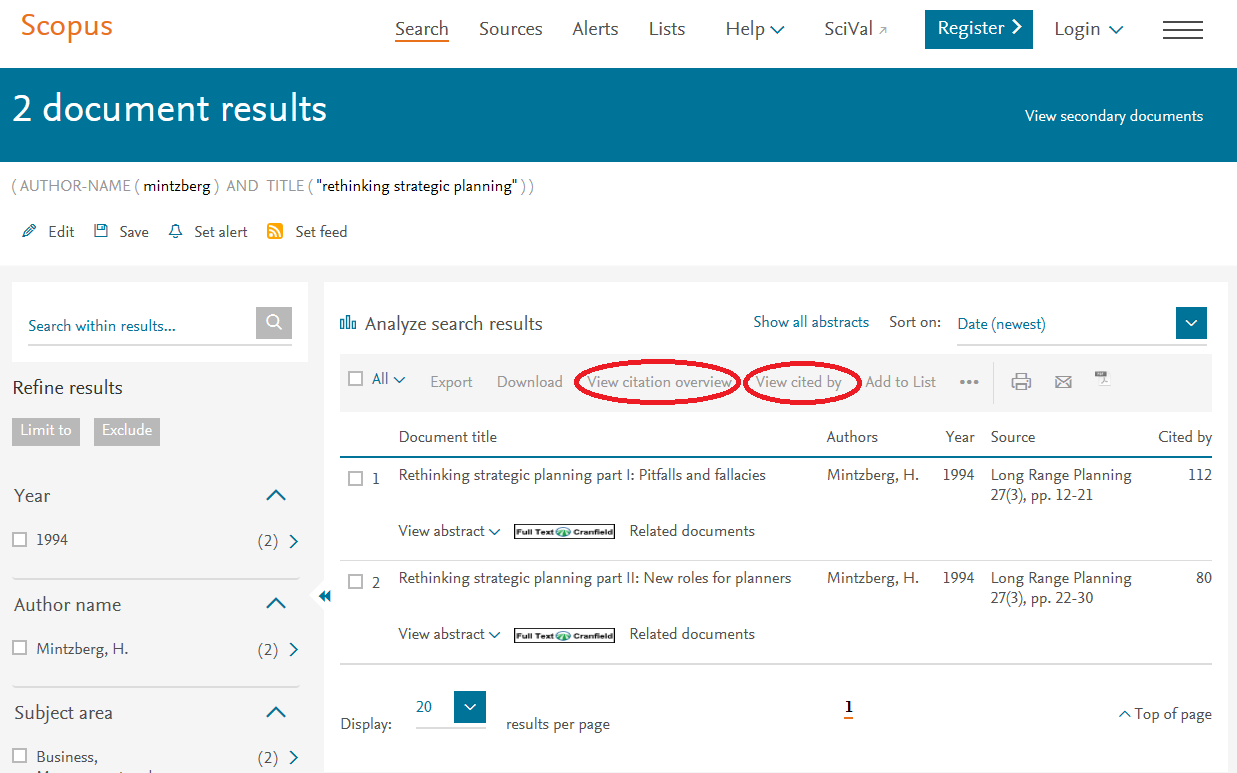Introducing… Citation analysis
23/08/2017

It’s common practice when you’re doing research to take a good paper and follow up on its references, looking for anything you haven’t yet read, to make your research more comprehensive. This involves working backwards in time, sourcing the works the original author used.
An excellent way to find relevant – and more recent – papers is to take the same key paper and work forwards in time – to do what is called ‘citation analysis’. Citation analysis is the process of analysing the impact of an article or an author by counting the number of times it / they have been cited in other works. In other words, looking at how this work has shaped future research.
There are a selection of resources which allow you to do this kind of analysis, including Web of Science, Scopus and Google Scholar. Each one works in a similar way, but because they all cover different bodies of literature, results will vary. In brief, Web of Science and Scopus only count citations within articles listed within their own databanks. For this reason, Google Scholar, which also includes books, grey literature and conference papers, will give you much higher results, due to this wider range of materials.
To demonstrate how this works, we shall take the following paper by strategy guru Henry Mintzberg:
Web of Science
Using Web of Science you can input the details of the article and find out how many times it has been cited. Web of Science offers two options for analysis:
- ‘Times Cited’ will take us through to the list of citing papers.
- ‘Create Citation Report’, the top option, will show citation history and further analysis.
Citing articles can easily be reviewed.
The same analysis can be done on an author or a topic. This could be employed to check how well-cited an author is or how long a specific subject term has been in use.
Scopus
Scopus works in a similar way and can also be used to search for both individual papers and topics. Within Scopus, there are again two choices available for analysis:
- ‘View citation overview’ – which gives an overview of the citation history.
- ‘View Cited by’ – which provides a list of all the articles citing the original item.
Within the document record, you can view citing documents at the bottom right of the document screen.
Google Scholar
Like Web of Science and Scopus, Google Scholar also tracks citations. When you search for an article, citations are displayed in your results as shown here.
You can click through to view the citations but, unlike Web of Science and Scopus however, no further analysis is available.
As mentioned before, Google Scholar searches will generally give you much higher citation counts than services such as Scopus and Web of Science. This is because Google counts citations in books, conference papers etc. in its analysis.
If you have any questions about citation analysis or any other aspect of your research, please do not hesitate to contact the Library.
Feature image from Pixabay. Available at: https://cdn.pixabay.com/photo/2016/06/01/06/26/open-book-1428428_960_720.jpg
Categories & Tags:
Leave a comment on this post:
You might also like…
Preparing for assignments and exams?
Sorry! We know it seems a bit mean to mention the exams in January rather than looking forward to the break before it! However, we know many of you will be thinking about your forthcoming ...
Screening for FTSE 100 companies on Bloomberg
So you’re researching an index and need some data on its constituent companies? Bloomberg’s Equity Screening tool makes light work of this, not just for the FTSE, but for indices, exchanges and sectors worldwide. Type EQS ...
Accelerating my future: How Cranfield put me on the fast track to automotive safety innovation
Hello! I’m Michaela Kaiser, and I’m thrilled to share my journey studying abroad. I’m from Calgary, Canada, and I recently graduated from Cranfield’s MSc Automotive Engineering course. My path to Cranfield ...
From Myanmar to Cranfield: My path to Renewable Energy
As someone who is passionate about sustainability, my career goal is to build a path in the renewable energy sector. My aspirations comes from the benefits of developing sustainable energy sources and ensuring energy ...
From lifelong dream to circular economy leader: Q&A with Himesha Randeni on the Environmental Management for Business MSc
What does it take to turn a lifelong passion for the planet into a fulfilling and impactful career? For Himesha Randeni, the answer was the Environmental Management for Business MSc at ...
Library services over the Christmas period
Kings Norton Library will be open 24/7 throughout the holiday period as a study space. Library staff will work until 6pm on Friday 19 December and will resume their normal working hours from 9am on ...











